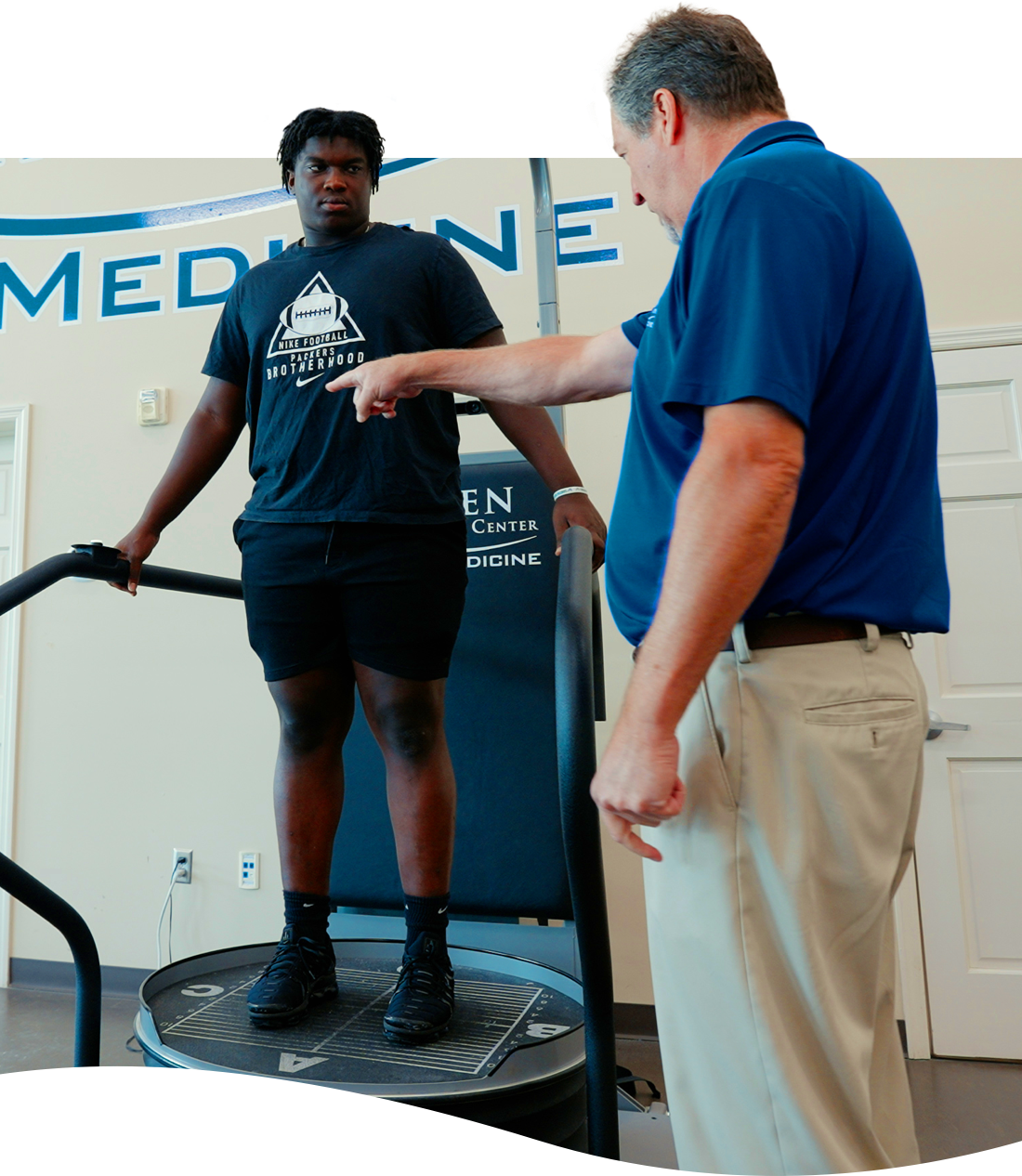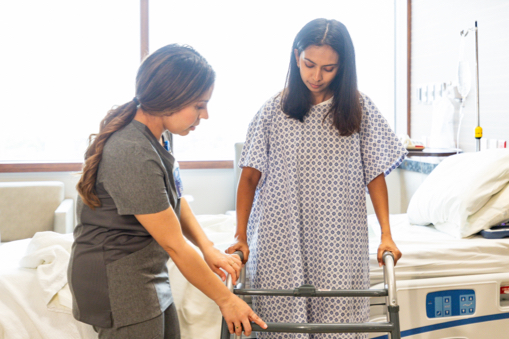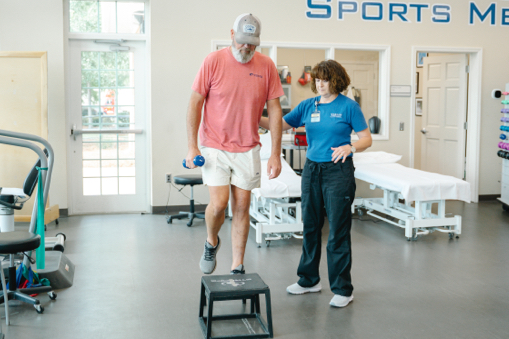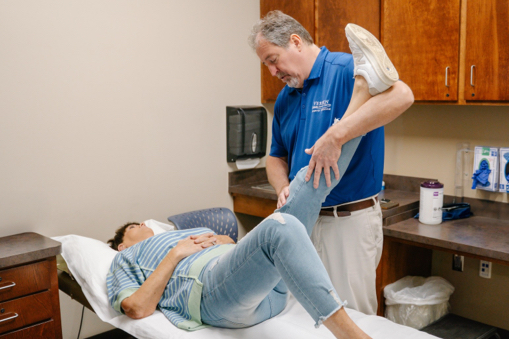
Comprehensive rehabilitation for every stage of recovery.
At Vereen Rehabilitation Center, we help patients regain strength, mobility and independence after illness, injury or surgery. From advanced therapies to cutting-edge equipment and a team of dedicated specialists, our center offers complete care tailored to your needs right here in Moultrie.
Advanced rehab services delivered with compassion, innovation and expert care.

Physical Therapy
24/7 care and therapy in a state-of-the-art facility designed for recovery.

Occupational Therapy
Flexible therapy for ongoing rehab and recovery without an overnight stay

Aquatic Therapy
Warm-water pool therapy for low-impact strength and mobility improvement.

Patient Resources
Helpful information to guide you through your rehab journey from what to expect to billing and referrals.
History
Vereen Rehabilitation Center is named after Moultrie’s Vereen family. Since the 1930s, the Vereen family has supported the medical community of Colquitt County. When the Public Works Administration approved a funding request for the construction of a new hospital in Moultrie contingent upon the community matching the request, Mr. W.C. Vereen stepped forward and began a grassroots campaign for the community to match his donation of $50,000. This community matched his gift, and Vereen Memorial Hospital was built in 1939. Today, the Vereen family still values access to quality healthcare in our county. Barbara Bunn Vereen served selflessly on the Hospital Authority Board from 1985 through 1999 and held the position of Chairperson on the Quality Assurance Committee. Chairman W. Jerry Vereen, Chairman of the Vereen family foundation and The Community Welfare Association, has generously committed to supporting our Medical Foundation in its efforts to ensure quality healthcare and physician access close to home for future generations. Other trustees on the Community Welfare Association are Barbara Bunn Vereen, Harvey Bunn Vereen and Lisa Vereen Zeanah.
Mission
Vereen Rehabilitation Center’s mission has always been and continues to be providing excellence in rehabilitative services.

Pictured is the Vereen family at the ribbon cutting of Vereen Rehabilitation Center in 2013.
Locations
Need Help?
If you have questions at any point during your visit or stay, don’t hesitate to ask a member of our team or call our main line at 229-890-3553. We’re here for you.

